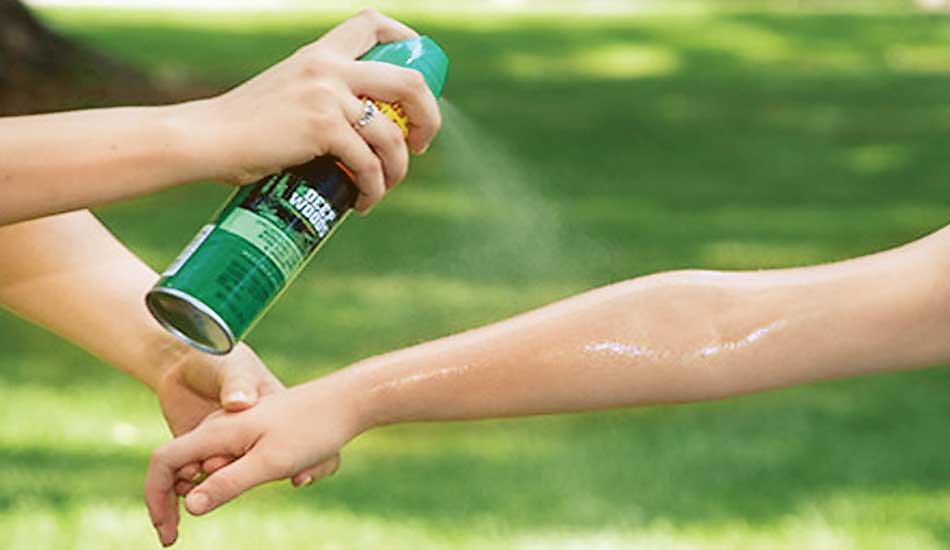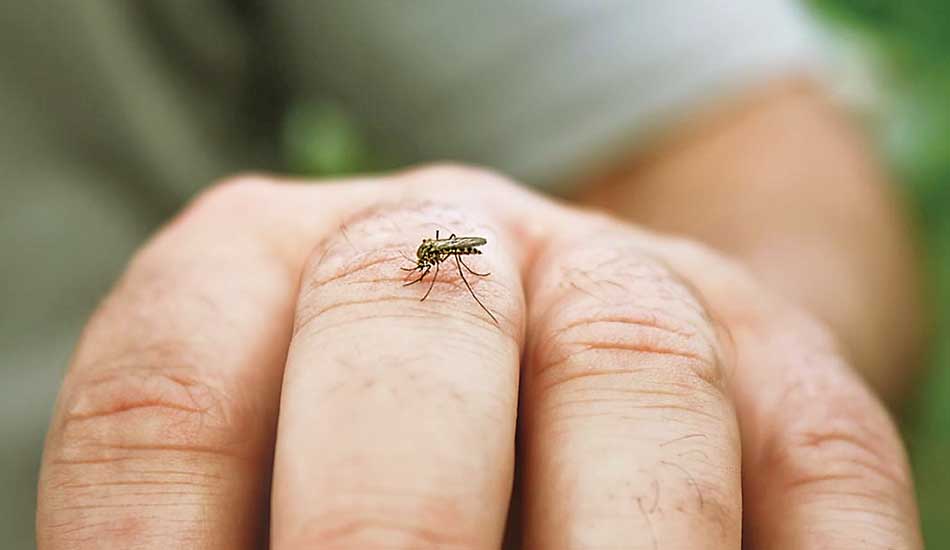Salt therapy – All you need to know
- 24 Feb - 01 Mar, 2024
Keeping in view the past seasonal trends and continuous increase in the number of suspected dengue fever cases reported from different parts of the country, it is imperative to be vigilant about the situation and take certain steps to limit further transmission. The objective of this advisory is to sensitise health care authorities to further strengthen and improve the level of preparedness in prevention and control of dengue fever.
Dengue is the most common arthropod-borne viral (arboviral) illness in humans. It has emerged as a worldwide problem only since the 1950s. Detected first during 1994; the dengue fever has now become endemic in almost all geographical regions of Pakistan. There is substantial evidence that multiple serotypes of dengue virus are circulating in the different areas of Pakistan. Dengue is transmitted by mosquitoes of the genus Aedes which are widely distributed in subtropical and tropical areas of the world. Approximately 50-100 million people are infected yearly out of which about one percent develop serious complications such as Dengue Hemorrhagic Fever (DHF) and Dengue Shock Syndrome (DSS); leading to about 22,000 deaths. Good clinical management may reduce the case fatality to less than one percent.

Primary symptoms of dengue appear three to 15 days after the mosquito bite and include the following high fever, severe headache, and severe pain behind the eyes that is apparent when trying to move the eyes. Other associated symptoms are: joint pain, muscle and bone pain, rash, and mild bleeding. Many affected people complain of lower back pain.
At first, symptoms of DHF may be mild, but they gradually worsen within a few days. As well as mild dengue symptoms, there may be signs of internal bleeding. A person with Dengue hemorrhagic fever may experience bleeding from the mouth, gums or nose, clammy skin, damage to lymph and blood vessels, internal bleeding, which can lead to black vomit and feces, a lower number of platelets sensitive stomach, small blood spots under the skin and weak pulse. Without prompt treatment, DHF can be fatal.

DSS is a severe form of dengue. It can be fatal. Apart from symptoms of mild dengue fever, the person may experience intense stomach pain, disorientation, sudden hypotension, or a fast drop in blood pressure, heavy bleeding, regular vomiting, blood vessels leaking fluid. Without treatment, this too can lead to death.
There is no specific treatment for the disease and mainly relies on the management of symptoms. However, it is important for the attending physicians to exclude other treatable diagnoses. Dengue fever is typically a self-limiting disease with a mortality rate of less than one percent. When treated, dengue hemorrhagic fever has a mortality rate of two to five percent but when left untreated, the mortality rate may approach up-to 50%. Neither any vaccine nor any anti-viral are recommended for prevention and treatment. Fever and myalgia should be managed with acetaminophen. Aspirin or nonsteroidal anti-inflammatory agents should generally be avoided because of the risk of bleeding complications and the potential risk of Reye's syndrome in children. Patients with dengue fever should be cautioned to maintain their intake of oral fluid to avoid dehydration. The most important measure to assist the patient with dengue fever is to carefully evaluate them for impending complications, such as early evidence of DHF. Careful clinical detection and management of dengue patients can significantly reduce mortality rates from severe dengue.
Clothing: Reduce the amount of skin exposed by wearing long pants, long-sleeved shirts, and socks, tucking pant legs into shoes or socks, and wearing a hat.
Mosquito repellents: Use a repellent with at least 10 percent concentration of diethyltoluamide (DEET), or a higher concentration for longer lengths of exposure. Avoid using DEET on young children.
Mosquito traps and nets: Nets treated with insecticide are more effective, otherwise the mosquito can bite through the net if the person is standing next to it. The insecticide will kill mosquitoes and other insects, and it will repel insects from entering the room.
Door and window screens: Structural barriers, such as screens or netting, can keep mosquitoes out.
Avoid scents: Heavily scented soaps and perfumes may attract mosquitoes.
Camping gear: Treat clothes, shoes, and camping gear with permethrin, or purchase clothes that have been pretreated.
Timing: Avoid being outside at dawn, dusk, and early evening.
Stagnant water: The Aedes mosquito breeds in clean, stagnant water. Checking for and removing stagnant water can help reduce the risk.
To reduce the risk of mosquitoes breeding in stagnant water:
• turn buckets and watering cans over and store them under shelter so that water cannot accumulate
• remove excess water from plant pot plates
• scrub containers to remove mosquito eggs
• loosen soil from potted plants, to prevent puddles forming on the surface
• make sure scupper drains are not blocked and do not place potted plants and other objects over them
• use non-perforated gully traps, install anti-mosquito valves, and cover any traps that are rarely used
• do not place receptacles under an air-conditioning unit
• change the water in flower vases every second day and scrub and rinse the inside of the vase
• prevent leaves from blocking anything that may result in the accumulation of puddles or stagnant water.
COMMENTS